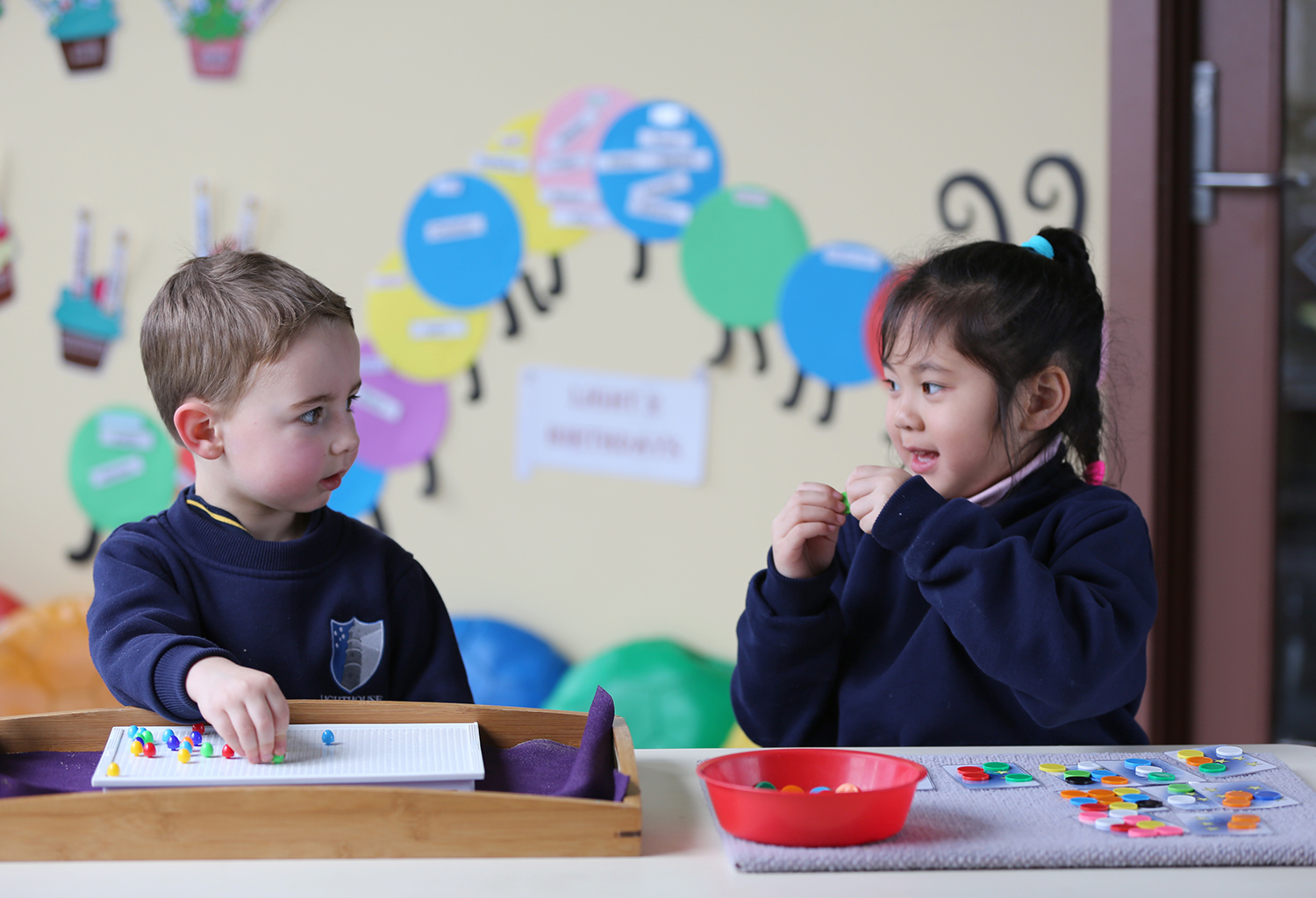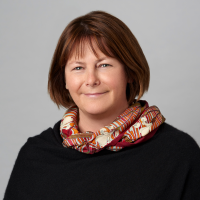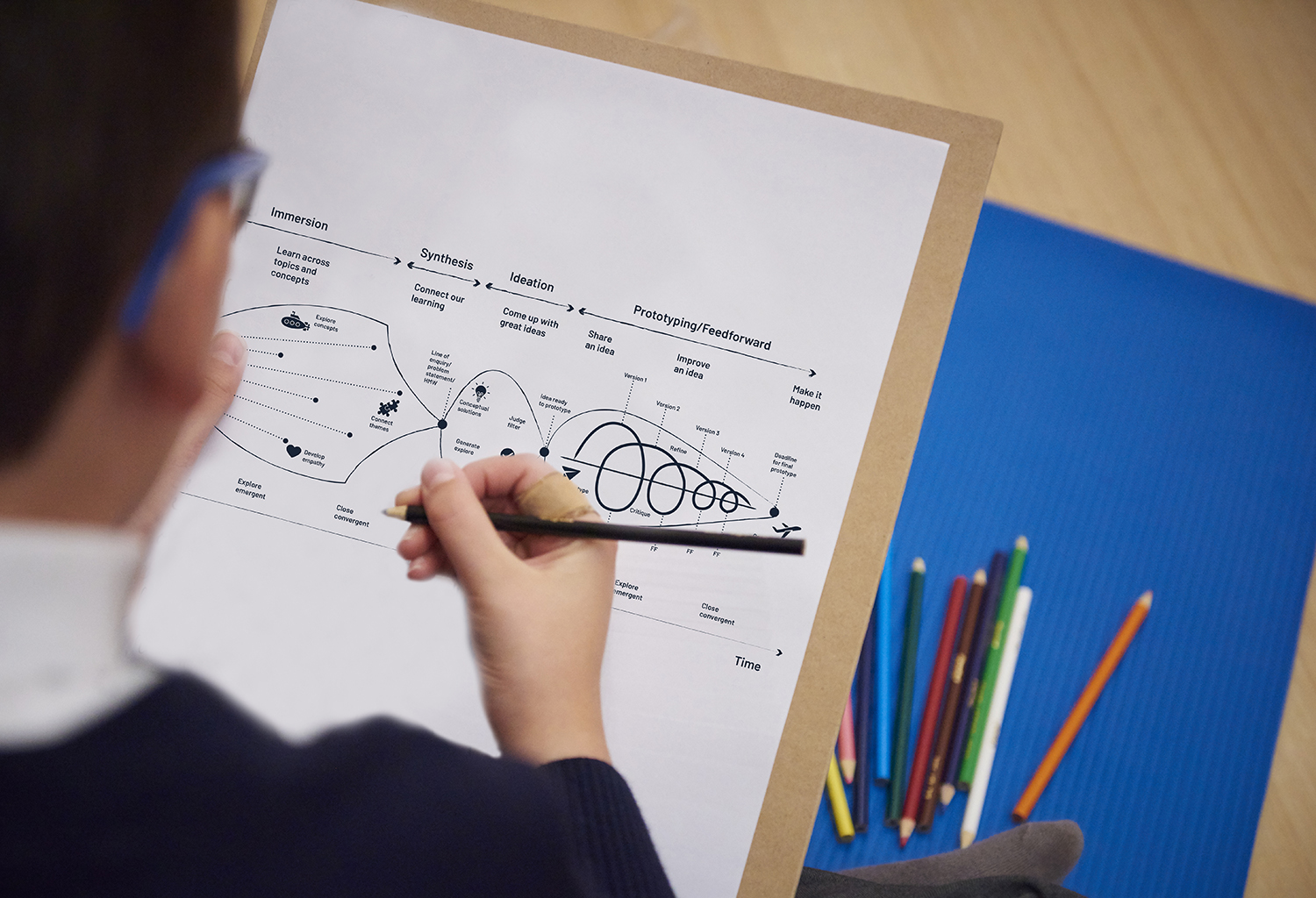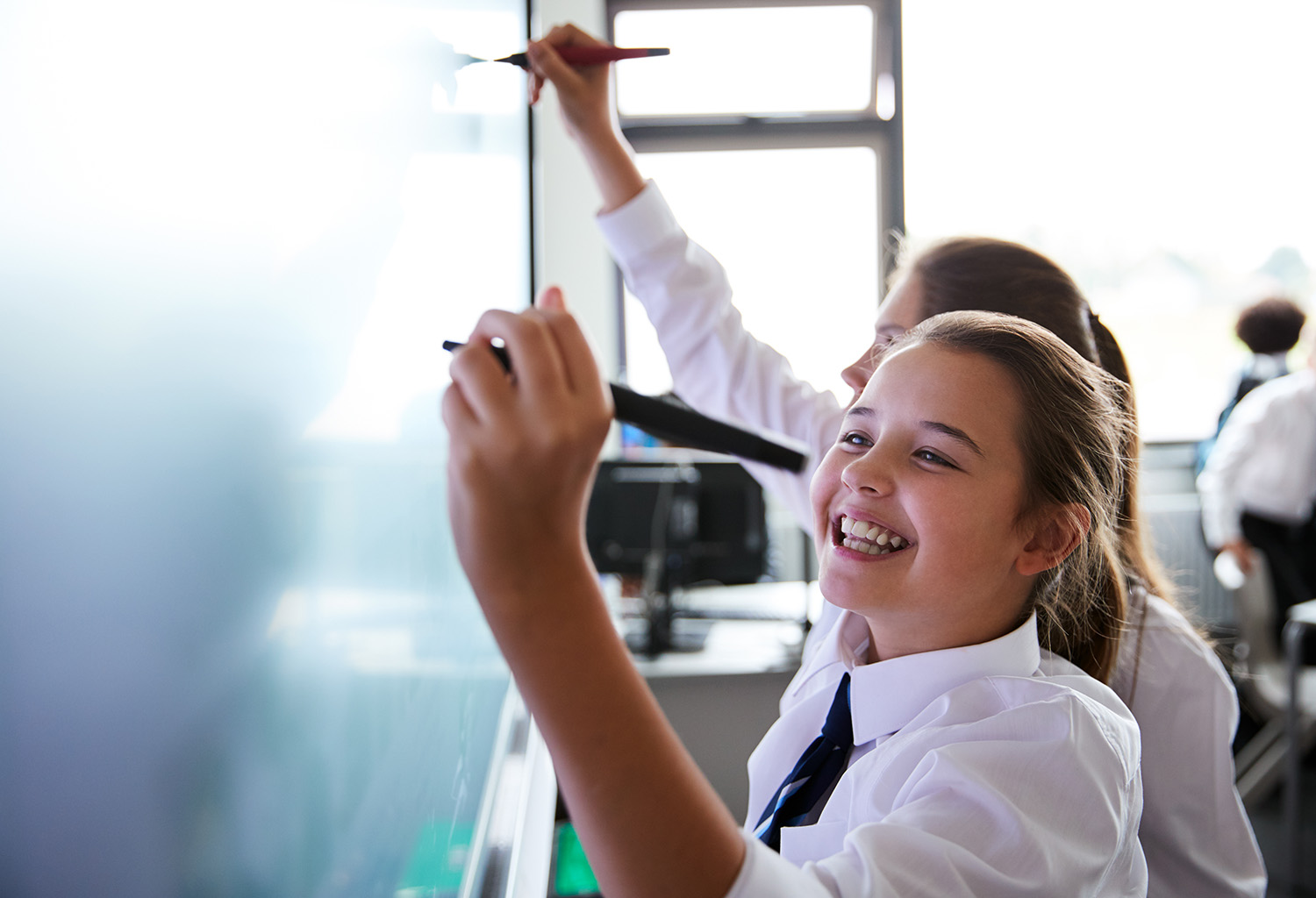COVID, classrooms and lessons learned

4 min read
As we emerge from what we hope is the worst of the COVID crisis, new research by Independent Schools Victoria sheds light on what the pandemic has meant for Independent schools.
This year has brought with it a new language of new words and phrases. There’s the word COVID, for a start. Ten months ago, we’d never heard of it. Nor did we talk about lockdown and social distancing to flatten the curve. We didn’t mask up and only health workers knew about PPE. School students didn’t engage in remote learning.
Now, as we emerge from what we hope is the worst of the COVID crisis, we’re told things won’t return exactly to what they once were, but we’ll reach a state called the new normal. That’s because epidemics have a long tail, with uncertainty over their lasting legacies on physical and mental health and their wider social and economic impacts.
Given this uncertainty, it would be premature to draw final conclusions from this year’s experience. But factoring in the long tail, research by Independent Schools Victoria sheds light on what COVID-19 has meant for Independent schools.
How did schools tackle the challenge?
To understand how these schools tackled the challenge of remote learning, ISV staff have been compiling the responses of more than 23,800 people – students, parents and staff from 43 schools – who participated in this year’s LEAD School Effectiveness Surveys. We asked them how they felt their school had coped operating remotely, in areas including student learning, resources and support, wellbeing and sense of belonging.
We are still analysing the results, but they show schools surveyed generally fared well in moving to the online delivery of education and adapting quickly to an external shock that upended the traditional school processes and timetables.
Overall, people were satisfied with the resources and support provided by schools to support remote learning. Staff were generally satisfied with the knowledge, skills and growth they gained during the year. Staff who saw the challenge as an opportunity for growth, and who felt a sense of connection to the school and its community were more likely to approach the upheaval with a positive outlook.
Of course, experiences differed between and within schools – reflecting the diversity of ISV’s membership and the fact school communities have varied human components who see things differently. Leadership was crucial in influencing how a school coped. Not surprisingly, well-resourced, high-income schools were able to provide greater support for remote learning. Yet they are not the majority of ISV’s membership, more than half of which have relatively low socioeconomic scores.
Staff and parents were generally more satisfied with the remote learning experience than students, although students who said they enjoyed managing their time and self-directing their learning were more likely to have had a positive experience. One said: ‘Remote learning has helped me to become more independent as an individual.’ Another said: ‘Remote learning has been positive and [teachers] work hard to make it as engaging as possible.’
But many students – particularly in senior years – reported a sense of loss and disconnection.
‘I am not enjoying online learning,’ one said, ‘and I understand that is what we have to do at the moment, but I feel very disconnected from the rest of my cohort and teachers, which is so disappointing because I miss everyone so much.’
Another student, while commending their school and teachers for an ‘incredible job’ during COVID, said a lack of face-to-face contact with teachers made it harder to absorb content. This – combined with a lack of social contact with other students – had taken a toll on their learning and their grades.
“There’s still a clear preference for face-to-face classroom teaching. At the same time, some schools are now considering if they can adopt an integrated hybrid model of teaching.”
Shades of complexity and common threads
The picture that emerges from the survey is complex, with shades of contrast depending on circumstances and individuals. One the one hand, there’s still a clear preference for face-to-face classroom teaching. At the same time, some schools are now considering if they can adopt an integrated hybrid model of teaching – remote and on-site – in the future.
Whatever their individual experiences, a common thread in the comments of survey participants is a shared commitment to participation and engagement in education, and a willingness to reflect on lessons learnt in 2020.
At ISV we are continuing to examine the impact of COVID-19 on schools, with an in-depth focus on the crucial role of leadership in a crisis. In a new research project, we have partnered with Dr Venesser Fernandes of Monash University’s Faculty of Education, to explore and understand the specific challenges Principals faced and how they responded to them during the pandemic.
This important research will build on interviews conducted earlier this year with 90 Principals in a range of schools, who were forced to review practices and quickly adopt new ones in response to disruption and upheaval.
Among other things, the project will explore Principals’ thoughts on how the lessons of 2020 might change their school and the education agenda as we enter the new normal.
Michelle Green was Chief Executive of Independent Schools Victoria from 2002–2023.


